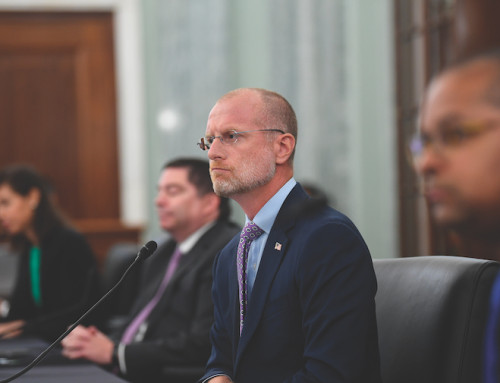NEW YORK (AP) — The country’s fertility rate dropped to an all-time low in 2024 with less than 1.6 kids per woman, new federal data shows.
The United States was once among only a few developed countries with a rate that ensured each generation had enough children to replace itself — about 2.1 kids per woman, but it has been sliding for close to two decades as more women are waiting longer to have children or never taking that step at all.
The new statistic is on par with fertility rates in western European countries, according to World Bank data.
Alarmed by fertility rate recent drops, the Trump administration has taken steps to increase falling birth rates, such as issuing an executive order meant to expand access to and reduce costs of in vitro fertilization and backing the idea of “baby bonuses” that might encourage more couples to have kids.
There’s no reason to be alarmed, however, according to Leslie Root, a University of Colorado Boulder researcher focused on fertility and population policy.
“We’re seeing this as part of an ongoing process of fertility delay. We know that the U.S. population is still growing, and we still have a natural increase — more births than deaths,” she said.
The U.S. Centers for Disease Control and Prevention released the statistic for the total fertility rate with updated birth data for 2024.
In the early 1960s, the country’s total fertility rate was around 3.5, but plummeted to 1.7 by 1976 after the Baby Boom ended.
It gradually rose to 2.1 in 2007 before falling again, aside from a 2014 uptick.
The rate in 2023 was 1.621, and inched down in 2024 to 1.599, according to the CDC’s National Center for Health Statistics.
Birth rates are generally declining for women in most age groups — and that doesn’t seem likely to change in the near future, said Karen Guzzo, director of the Carolina Population Center at the University of North Carolina.
People are marrying later and also worried about their ability to have the money, health insurance and other resources needed to raise children in a stable environment.
“Worry is not a good moment to have kids,” and that’s why birth rates in most age groups are not improving, she said.
The Centers for Disease Control and Prevention’s new report, which is based on a more complete review of birth certificates than provisional data released earlier this year, also showed a 1 percent increase in births — about 33,000 more — last year compared to the prior year.









